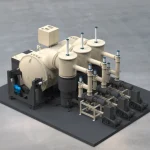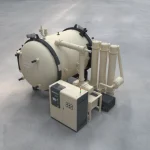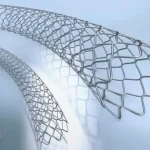Why High-End Molds Need Vacuum Heat Treatment?
Introduction
High-end molds are critical in precision manufacturing, from automotive to electronics. They require exceptional surface finish, durability, and dimensional stability. Vacuum heat treatment has become the preferred process to meet these high standards.
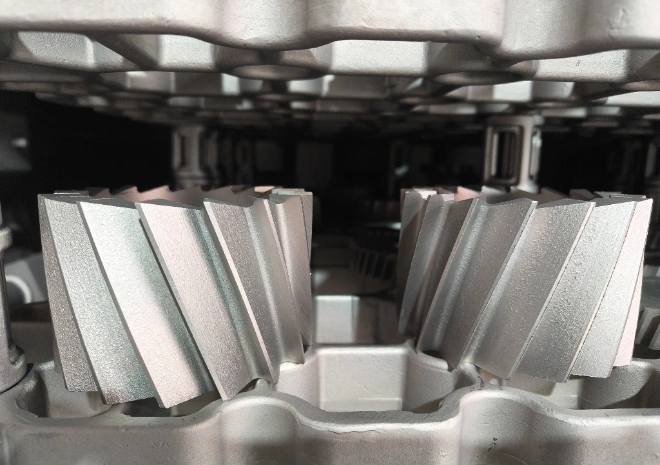
Common Problems in Conventional Mold Heat Treatment
Oxidation and decarburization reduce mold surface quality
Uneven hardness leads to reduced service life
Extra polishing or machining increases costs
Risk of dimensional distortion during treatment
How Vacuum Heat Treatment Works for Molds
Heating is done in a low-pressure or inert-gas environment
Oxidation and decarburization are eliminated
Uniform heating and cooling ensure stability
Surface remains bright and clean without additional finishing
Key Benefits for High-End Molds
Longer mold life due to improved hardness and toughness
Bright, oxidation-free surface for precision applications
Reduced post-treatment processes such as polishing
Higher consistency in mold performance
Suitable for complex and high-value molds
Why Not All Molds Use Vacuum Furnaces
Equipment cost is higher than conventional furnaces
For general molds with low performance requirements, traditional heat treatment may suffice
Skilled operation and process control are required
Vacuum vs. Conventional Heat Treatment for Molds
Conventional treatment: risk of oxidation, distortion, and uneven hardness
Vacuum heat treatment: clean, stable, and precise results with minimal distortion
Application Scenarios
Automotive stamping and injection molds
Precision electronics molds
High-performance plastic molds
Large-scale and complex die-casting molds
Advantages and Disadvantages
Advantages:
No oxidation or decarburization
Improved durability and stability
Bright surface, reduced finishing work
Enhanced performance consistency
Disadvantages:
Higher equipment and processing cost
Requires skilled operators and advanced process control
Not always necessary for low-end mold applications
Summary
Vacuum heat treatment offers unmatched benefits for high-end molds. While costs are higher, the improved surface quality, precision, and extended service life make it indispensable for industries where performance is critical.
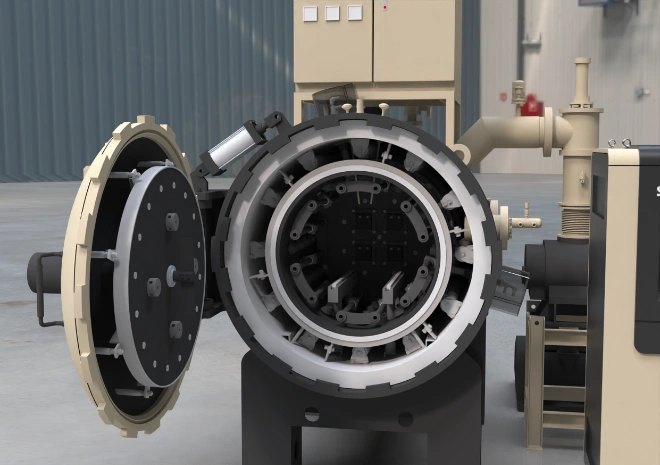
FAQ
Q1: Why do high-end molds require vacuum heat treatment?
A1: To achieve oxidation-free surfaces, improved hardness, and extended service life.
Q2: How does vacuum heat treatment improve mold performance?
A2: By eliminating surface oxidation and ensuring uniform hardness, reducing wear and distortion.
Q3: Can all molds benefit from vacuum heat treatment?
A3: Yes, but for low-cost, general molds, the added expense may not be justified.
Q4: What industries rely on vacuum-treated molds?
A4: Automotive, aerospace, precision electronics, and plastic molding industries.
Q5: Does vacuum heat treatment reduce production costs?
A5: While upfront costs are higher, reduced polishing, fewer defects, and longer mold life lower overall costs.


